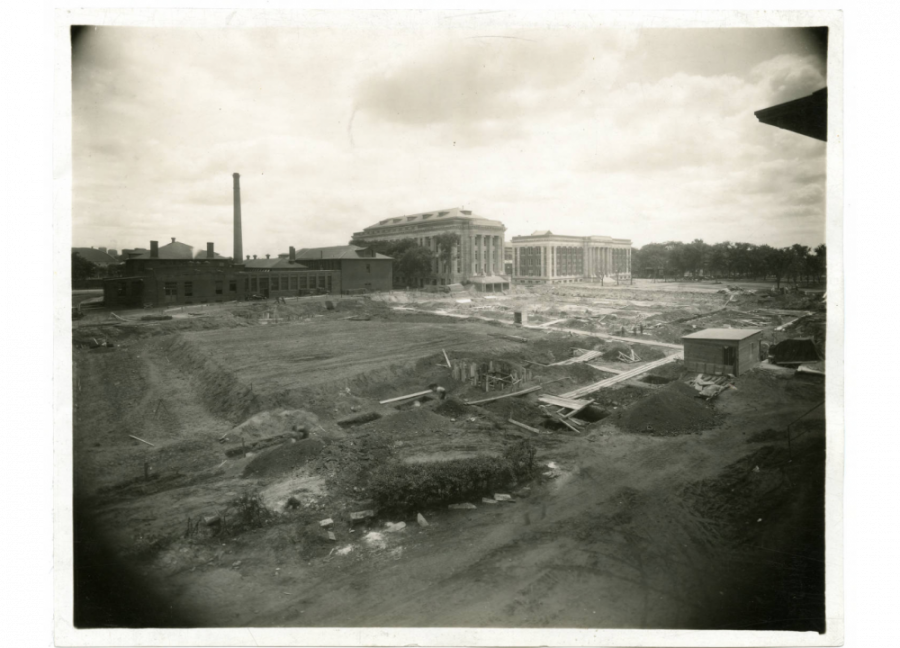Northrop Auditorium was once home to weekly convocations, free public gatherings that invited speakers to discuss topics like politics, culture and science.
On a crisp January day in 1963, Martin Luther King Jr. spoke at a convocation there regarding the unfinished work of the civil rights movement. That was just one year before the Civil Rights Act of 1964, outlawing racial segregation.
The auditorium where King once stood overlooks Northrop Mall. The Mall was designated as the Northrop Mall Historic District on the National Register of Historic Places early last year, as detailed in the city of Minneapolis Heritage Preservation Commission’s 2018 annual report shared by Ward 2 Council member Cam Gordon this month.
The district once signified the expansion of the University of Minnesota’s growth beyond the oldest section of campus near The Knoll.
Campus would eventually expand to the University’s West Bank in the 1960s, said Laura Weber, editor of the Minnesota Historical Society’s magazine Minnesota History. The West Bank exemplifies a type of modernist architectural style that could make it another National Register nominee. Informal conversations have arisen regarding historic designation of the West Bank campus, although no current plans are underway.
Today, Northrop is generally reserved for graduations and various concerts.

Architect Cass Gilbert, who designed the Minnesota State Capitol and U.S. Supreme Court building in Washington D.C., drafted the Mall. Development began in 1910, but Gilbert’s plan wasn’t fully completed until 1971.
Designs arose during the City Beautiful movement of the 1890s and early 1900s, a period when architecture was meant to “make the city itself kind of a work of art,” said Denis Gardner, national register historian in the Minnesota State Historic Preservation Office.
“It included monumental buildings and it was all very classical,” Gardner said. “There’s no other mall in Minnesota like Northrop Mall.”
But the designated district extends beyond what is generally recognized as the Mall, with 16 total buildings on the National Register. Weber, who has also given tours of the Mall, said architects of the area’s newer buildings tried to complement the existing styles.
“What’s cool about Kolthoff [Hall] is to go look and stand on the side of it, the columns don’t even touch the building. So it’s like meant to be [an] echo of the classical columns on the rest of the Mall,” Weber said.
A backdrop for resistance
Culturally significant rallies shaped student activism on the Mall through the 20th Century. Weber said many anti-war demonstrations transpired there as World War II ramped up.
In 1969, the Afro-American Action Committee took over Morrill Hall, the administration building on the Mall, demanding increased support for African American students.

“It was probably one of the most perfect demonstrations that a college could have. They occupied Morrill Hall overnight, there was a peaceful sort of agreement after the occasion,” said Ann Pflaum, University historian. “That, to me, has always been a symbol of how the University is able to sort of settle disturbances in a more humane way than lots of other places.”
In May of 1972, rallies culminated with more than 3,500 protesters marching from Northrop Mall to the State Capitol against the Vietnam war.
“I’m just glad it’s on the National Register. I’m glad it’s listed.” Gardner said. “That is the core of the University there. So it’s pretty impressive.”








